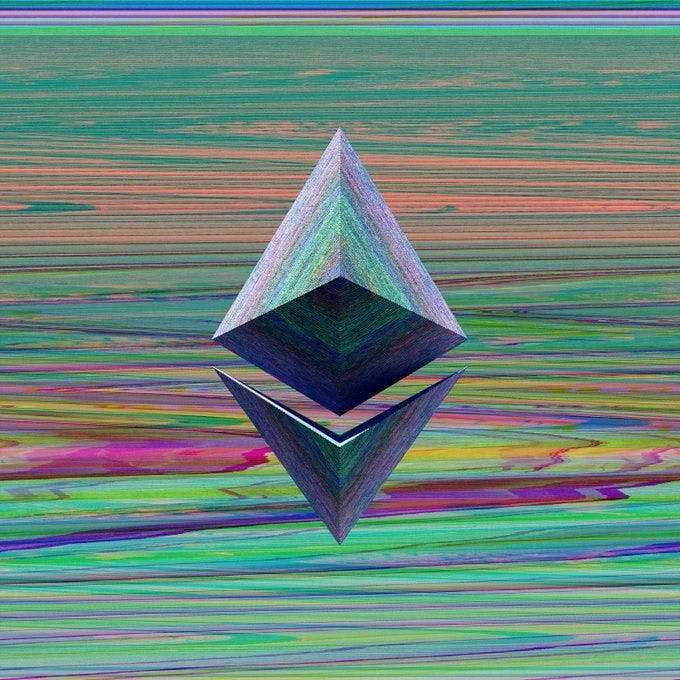What Is Cryptocurrency Market Cap?
A Primer on One of the Most Important Metrics in DeFi
By: Rahul Nambiampurath • Loading...
Tutorials
Investors use market capitalization as the yardstick to measure both stocks and cryptocurrencies. A publicly-traded company’s market capitalization is synonymous with its value. That’s because it is calculated by multiplying the company’s total shares by the share price.
However, cryptocurrencies are not companies. And unlike stocks, digital tokens do not represent an ownership share of the venture.
Both stocks and cryptocurrencies debut in the market through public offerings; with the former it’s via an initial public offering, or IPO, and with the latter it’s an initial coin offering, or ICO.
Most importantly, market cap helps size up how investors view the prospects of assets.
Crypto Market Cap Explained
No matter how a cryptocurrency supply is allocated, the formula for market cap is always the same. Multiply the price of each token by the number of circulating coins. In the case of Bitcoin, that would be the following:
Bitcoin (BTC) price of $21,661 x circulating supply of 19.102 million = about $414.2 billion
Each crypto asset has different ways of determining its supply. On average, there are 900 new bitcoins mined daily, until Bitcoin’s total supply reaches 21 million. Therefore, there is daily fluctuation in market cap driven by two forces:
- Supply change
- Buy or sell pressures
Cryptocurrencies without a fixed supply, like Bitcoin, are subject to another factor: burning. . For instance, Ethereum (ETH) has a daily issuance of about 6,400 ETH per day. However, this is countered by the Ethereum fee burning mechanic, introduced by the EIP-1559 proposal. Token burning removes coins from circulation by sending them to a dead wallet.
Such a wallet doesn’t have a private key, so the coins are irretrievable. Since January, 2,558,300 ETH have been burned. Therefore, we can add another market cap driver into the mix:
- Supply change + token burning mechanic
- Buy or sell pressures
Lastly, we have cryptocurrencies created by companies that have an unlocking schedule. For example, Yuga Labs launched ApeCoin (APE) with a total supply of 1B tokens. To create scarcity and maintain value, only 30.25% of the tokens went into circulation at launch on May 17, 2022. Tokens will then unlock over a two-year period, following a set allocation by Yuga Labs.
APE token allocation: ApeCoin
Because 30% were made available at launch, there are 306.8 million ApeCoin in circulation at a price of $6.13 for each coin, delivering ApeCoin market cap of $1.88 billion (in August 2022). ApeCoin doesn’t have a token burning mechanic, so its market cap will be driven by utility.
- Supply change through unlock schedule
- Buy or sell pressures, largely dependent on APE’s utility in Yuga Labs projects, such as Otherdeed metaverse platform.
Now that we have a grasp on different forces that drive the market cap of digital assets, the question is, what else can market caps reveal?
Market Cap as an Investment Tool
It’s important to understand how market value works in TradFi. With equities, market cap expresses a listed company’s value.
Private companies may issue their own stocks to shareholders, but shares are not traded on public exchanges or introduced via IPOs.
Analyzing a company’s market cap and other metrics such as the price-to-earnings ratio can help investors determine whether a stock if expensive, or overvalued, or, conversely, cheap and undervalued.
Other metrics include:
- Cash flows
- The amount of serviceable debt
- Management’s track record
- The nature of the product
- The competitive landscape dealing with the same product class
Crypto Market Caps Determine Price Volatility
Bitcoin is virtually the only cryptocurrency not tied to a founder, organization, or business. While it was created by the mysterious Satoshi Nakamoto, nobody knows who that is.
This means other crypto assets present a number of datapoints to analyze. For example, every word uttered by Vitalik Buterin, the co-creator of Ethereum, is scrutinized as if he was the founder and CEO of a Fortune 500 company. Likewise for Charles Hoskinson, the creator of Cardano and the co-founder of Ethereum.
Just like thinly traded stocks, a number of altcoins worth less than $3B are subject to higher levels of volatility and wider swings in market cap. Crypto worth greater than $10B tend to sport high trading volumes, but they, too, can bounce around a bit when it comes to their market values.
Determining Investment Strategy Based on Crypto Market Cap
Source: SlickCharts.com
Market Cap Takeaway
After token prices, market cap is often the first measure investors look at when evaluating digital assets. The reason is simple: It’s the best way to gauge how investors size up the fortunes of a project. You could say this is a form of crowd-sourcing in which a multitude of investors have vetted the project and decided to dive in.
Yet it’s important to understand that while crypto market cap does indicate some level of legitimacy, it is only one measure to analyze the prospects of a project. Conducting more thorough research into digital assets is the wiser course.
Series Disclaimer:
This series article is intended for general guidance and information purposes only for beginners participating in cryptocurrencies and DeFi. The contents of this article are not to be construed as legal, business, investment, or tax advice. You should consult with your advisors for all legal, business, investment, and tax implications and advice. The Defiant is not responsible for any lost funds. Please use your best judgment and practice due diligence before interacting with smart contracts.
Advertisement
Get the best of The Defiant directly in your inbox 💌
Know what matters in Web3 with The Defiant Daily newsletter, every weekday
90k+ investors informed every day. Unsubscribe anytime.